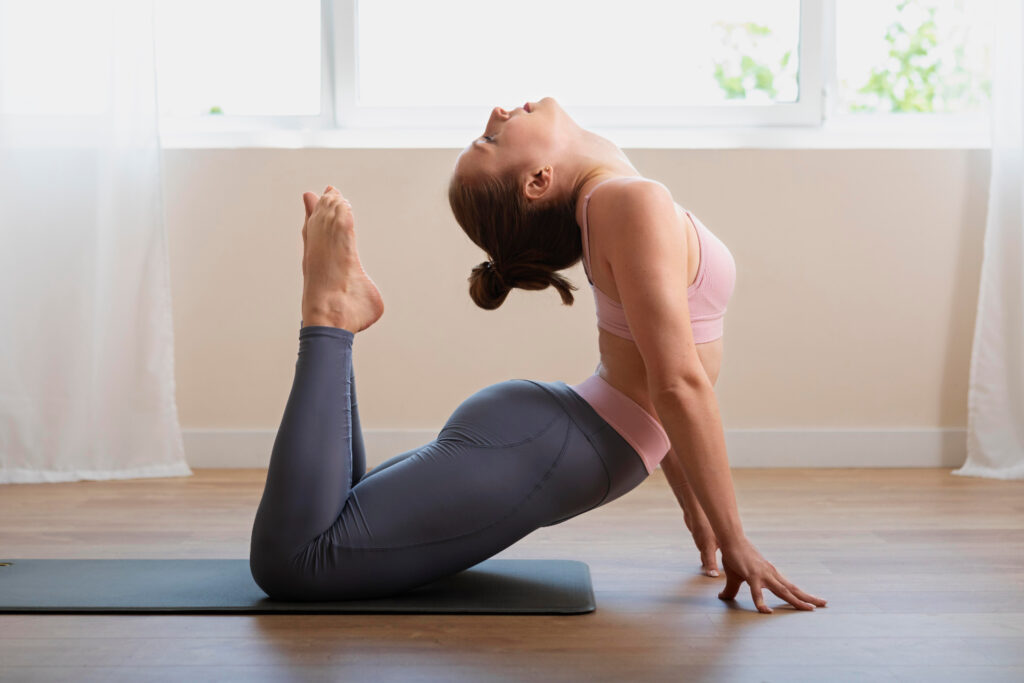Stretching and Strengthening Exercises to Maximize the Benefits of Your Lumbar Support Pillow

Using a lumbar support pillow is a great step toward reducing back pain, improving posture, and enhancing your overall sitting comfort. But did you know that combining your pillow use with targeted stretching and strengthening exercises can significantly boost its effectiveness? In this article, we’ll guide you through simple and safe movements that align with your lumbar support pillow’s function to protect your spine, strengthen your core, and relieve lower back tension.
Why Combine Exercises with a Lumbar Pillow?
A lumbar pillow helps maintain the natural curve of your spine while you sit, but once you stand or move, your muscles need to take over. If your core and lower back muscles are weak or tight, your posture will still suffer when you’re not using the pillow.
That’s why pairing daily stretches and core-strengthening exercises with your lumbar pillow use can:
- Reinforce good posture habits
- Reduce muscle fatigue and tightness
- Improve spinal alignment long-term
- Prevent lower back pain and future injuries
Let’s dive into the best exercises to support your lumbar health.
Stretching Exercises for the Lower Back and Hips
Stretching helps release tension from muscles that get stiff due to prolonged sitting. Try to perform the following stretches at least once or twice a day.
1. Cat-Cow Stretch (Spinal Mobility)
How to do it:
- Get on your hands and knees.
- Inhale as you arch your back, lifting your head and tailbone (cow).
- Exhale as you round your spine, tucking your chin and pelvis (cat).
- Repeat slowly for 10–15 reps.
Benefits: Loosens the lower back, improves spinal flexibility.
2. Knee-to-Chest Stretch
How to do it:
- Lie on your back with both legs extended.
- Bring one knee toward your chest, keeping the other leg straight.
- Hold for 20–30 seconds, then switch legs.
Benefits: Stretches the lower back and glutes, relieves pressure on lumbar discs.
3. Seated Spinal Twist
How to do it:
- Sit upright in a chair.
- Place your right hand on the outside of your left knee.
- Gently twist your upper body to the left.
- Hold for 15–20 seconds, then switch sides.
Benefits: Improves spine flexibility and posture.
Strengthening Exercises for Core and Lumbar Support
Strengthening the muscles around your spine—especially your core—helps your body maintain proper posture even without a support pillow. These exercises are gentle but effective.

4. Pelvic Tilts
How to do it:
- Lie on your back with knees bent and feet flat on the floor.
- Tighten your abs and tilt your pelvis up slightly, flattening your lower back to the ground.
- Hold for 5 seconds, then relax.
- Repeat 10–15 times.
Benefits: Activates deep core muscles and relieves lower back stiffness.
5. Bridge Pose
How to do it:
- Start lying on your back with knees bent and feet hip-width apart.
- Press your feet into the floor and lift your hips toward the ceiling.
- Hold for 5–10 seconds, then slowly lower.
- Repeat 10–12 times.
Benefits: Strengthens the glutes, hamstrings, and lower back.
6. Bird Dog
How to do it:
- Begin on hands and knees.
- Extend your right arm and left leg simultaneously, keeping your back flat.
- Hold for 5 seconds, then switch sides.
- Do 8–10 reps per side.
Benefits: Builds stability and balance in the spine.
How Your Lumbar Pillow Supports These Exercises
You can actually incorporate your lumbar support pillow into your stretching and recovery routine:
- During seated stretches, place the pillow behind your lower back to maintain proper alignment.
- After workouts, sit with your lumbar pillow to help your spine recover in a neutral position.
- While working or driving, continue using the pillow to reinforce the posture improvements made through exercise.
Over time, combining these practices ensures that your back muscles are not only supported, but also strengthened, helping you stay pain-free both when you’re seated and on the move.
Tips for Success
- Start slow: If you’re not used to stretching or core exercises, begin with a few reps and gradually build up.
- Be consistent: Perform these exercises 3–4 times a week for best results.
- Breathe deeply: Good breathing helps relax muscles and improves movement quality.
- Consult a professional: If you have chronic back pain or a medical condition, speak to your doctor or physical therapist before starting a new exercise routine.
Final Thoughts
A lumbar support pillow is a valuable tool for anyone seeking better posture and relief from back pain. But to maximize its benefits, it’s essential to move beyond passive support and actively strengthen the muscles that stabilize your spine.
By integrating daily stretching and core-strengthening exercises into your routine, you not only support your lumbar region while sitting—you train your body to maintain that healthy posture throughout the day.
Start today, stay consistent, and let your lumbar pillow become part of a complete spine-care system that works for your body and your lifestyle.

